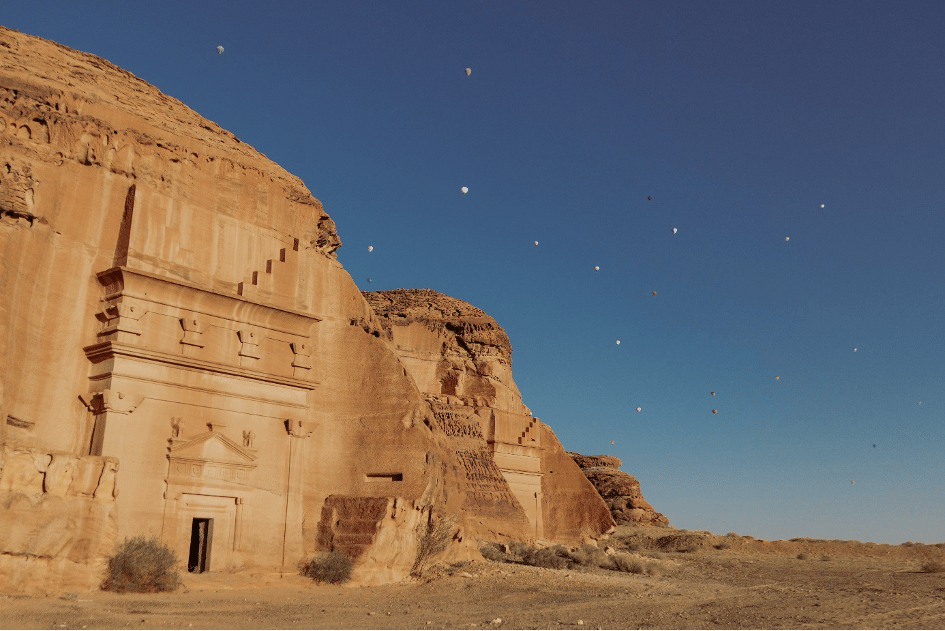Half a million trees and shrubs planted in Sharaan Nature Reserve in support of long-term, Kingdom-wide efforts to plant 10 billion trees
- Home
-
Strategic Initiatives
-
Living in AlUla
-
Business in AlUla
-
Visiting AlUla
-
Partners
-
About RCU
-
Media & Resources
-
Contact
.jpg)






.png)
.jpg)

-(1).jpg)

.jpg)
.jpg)


